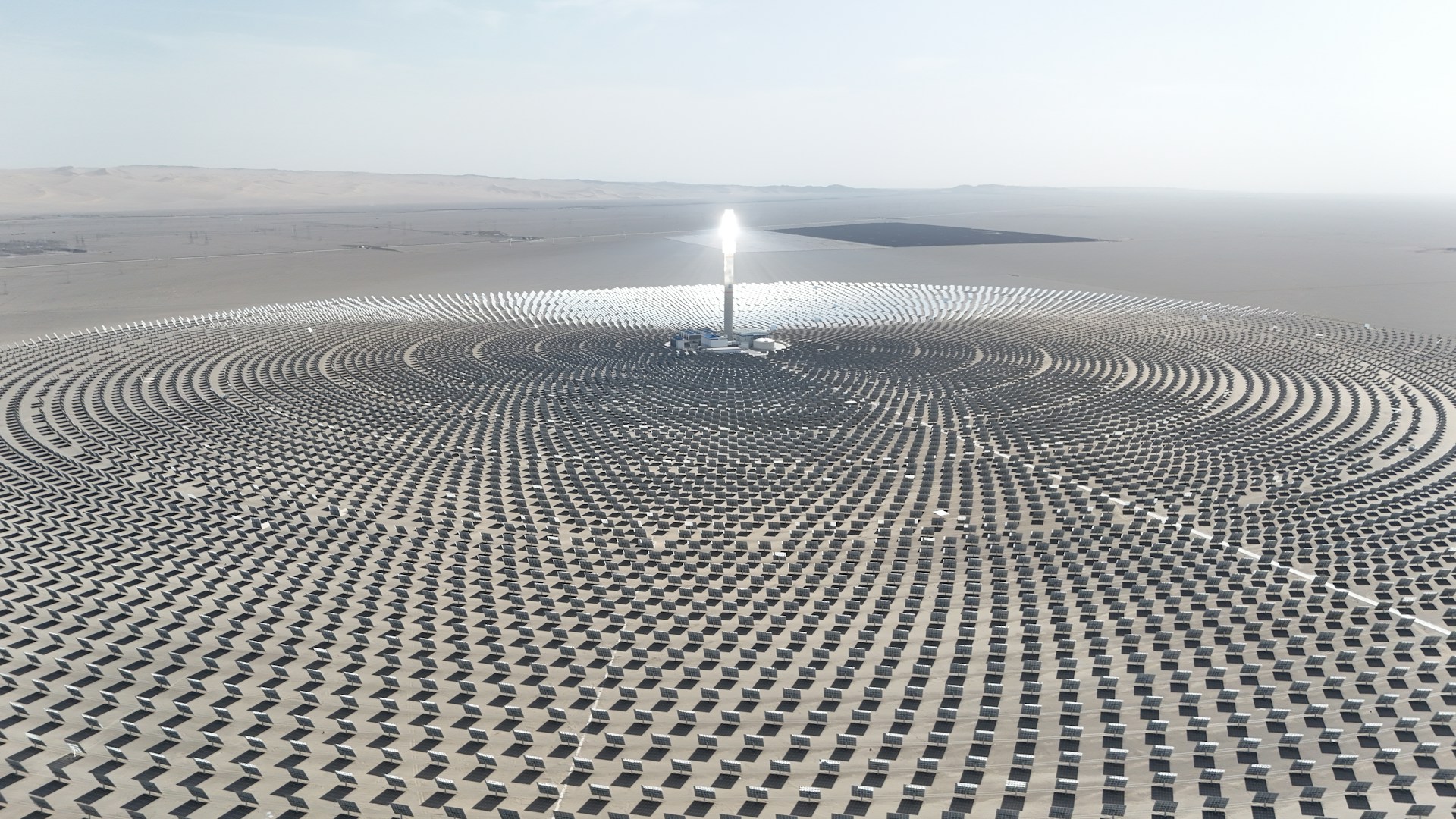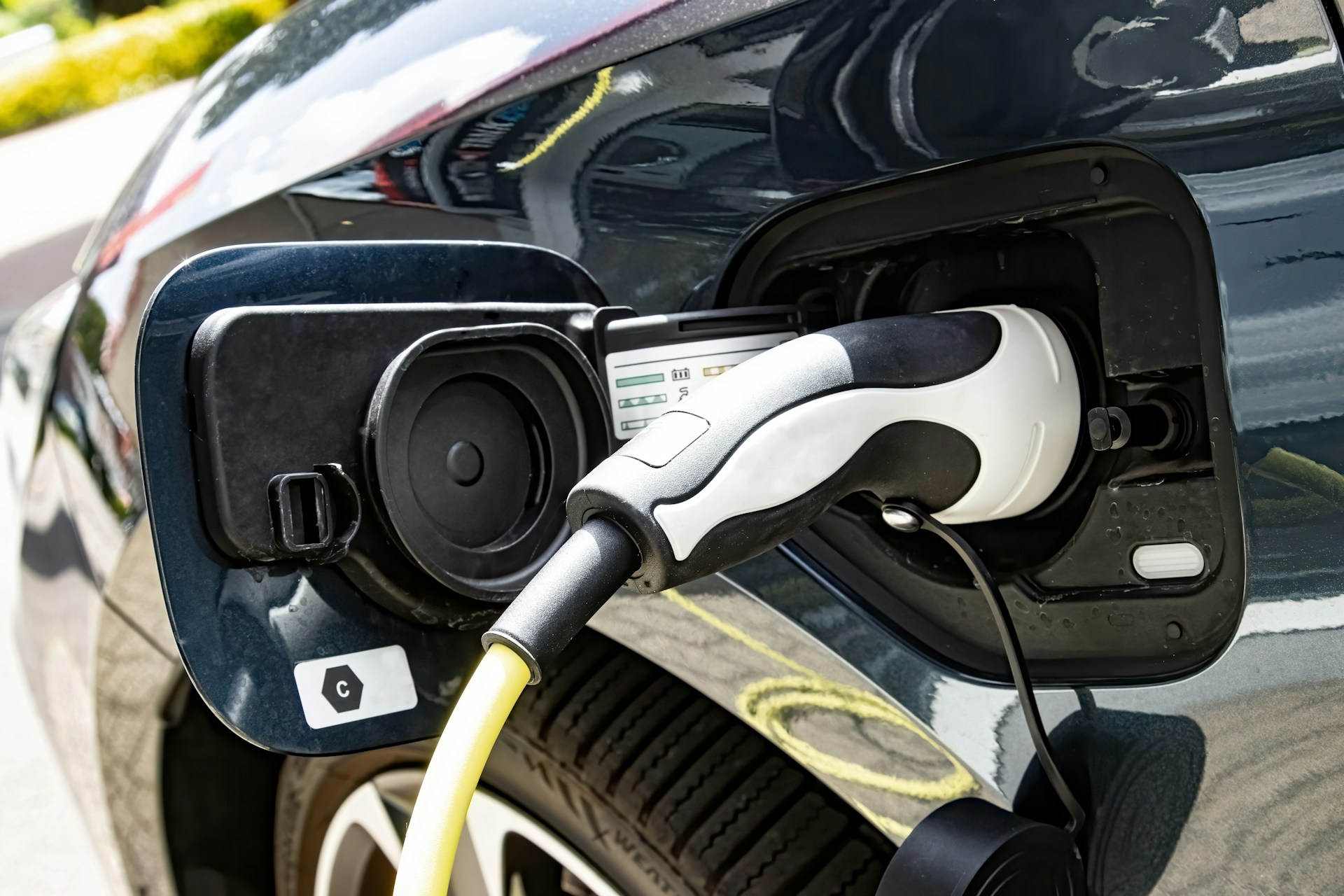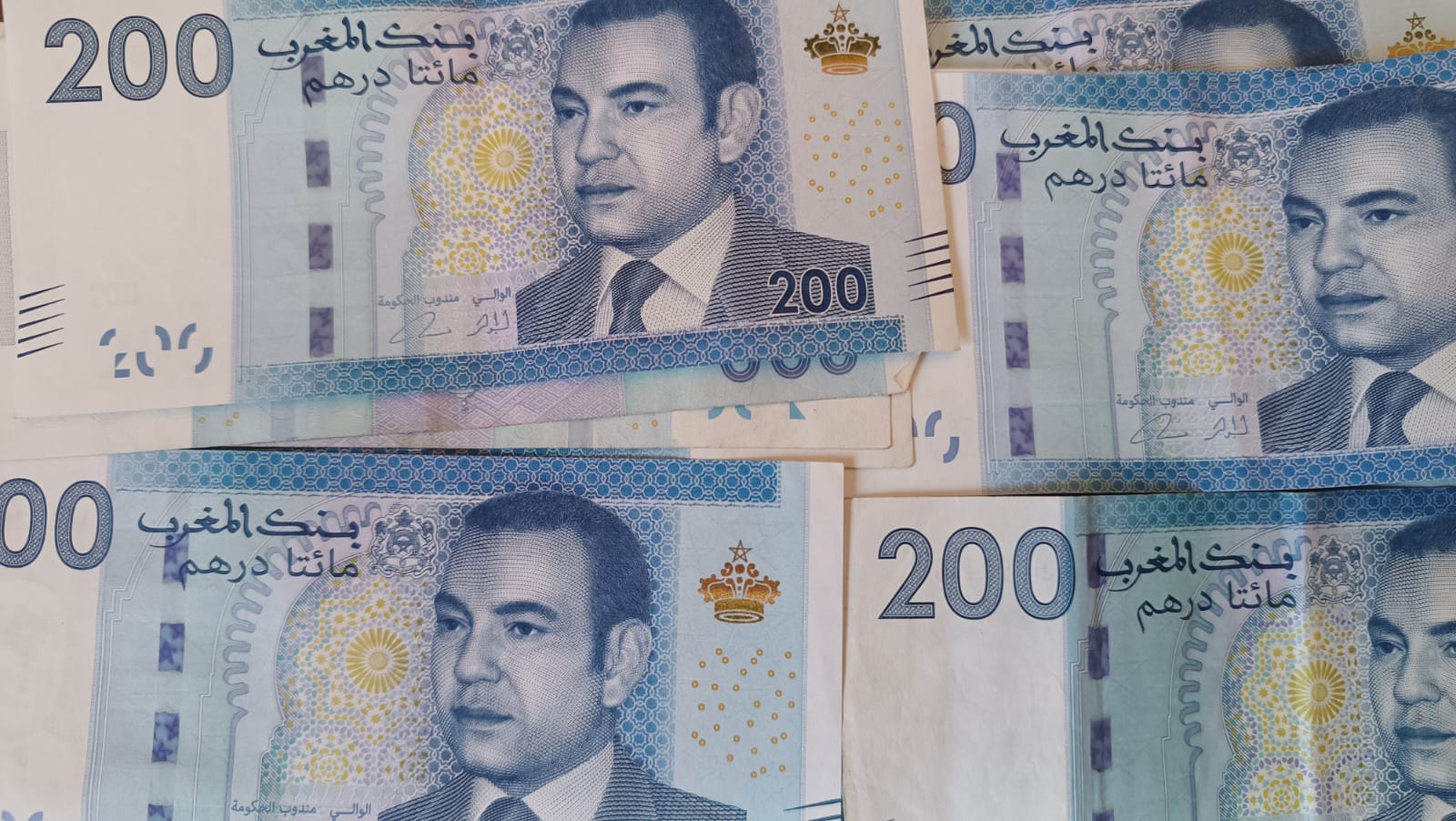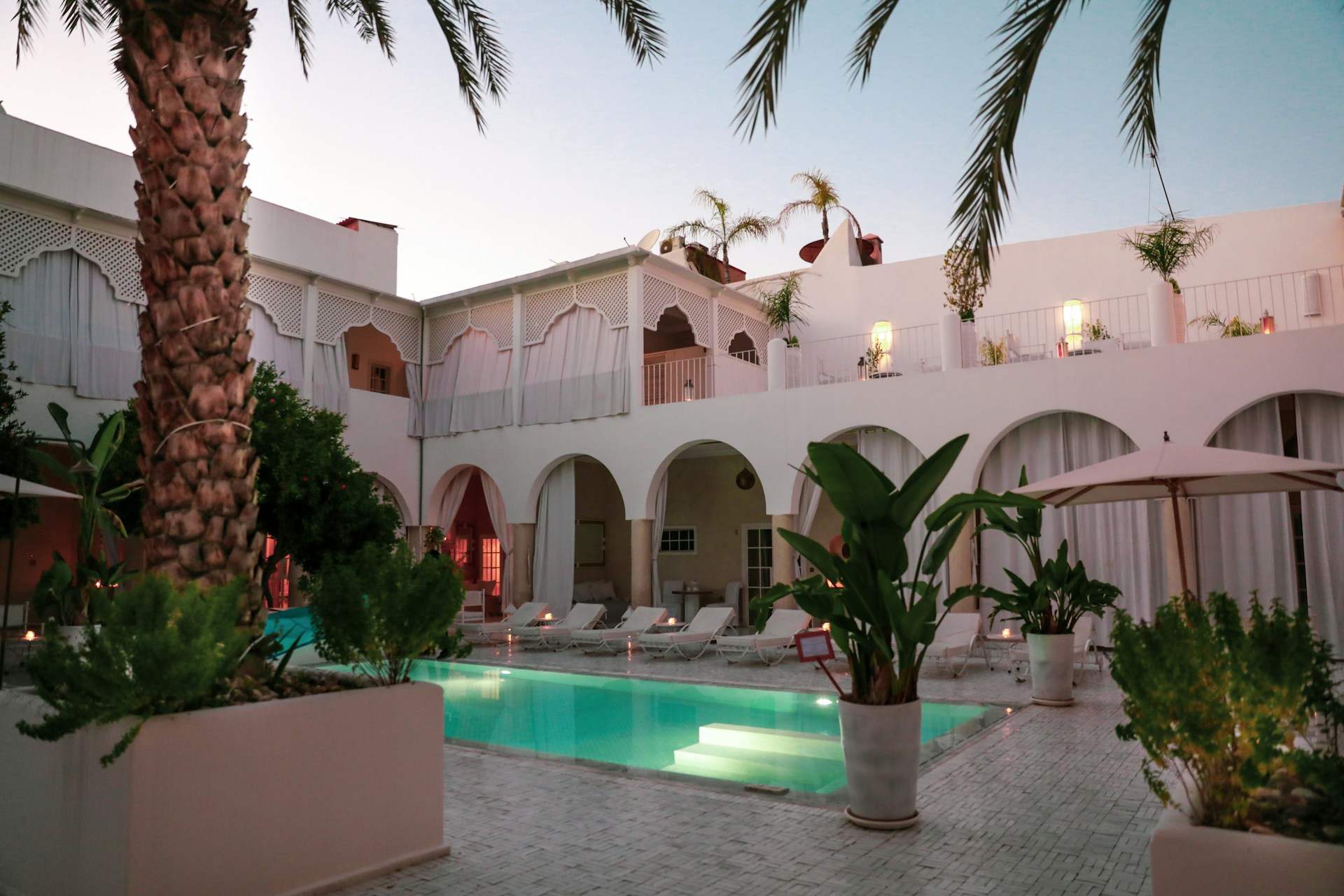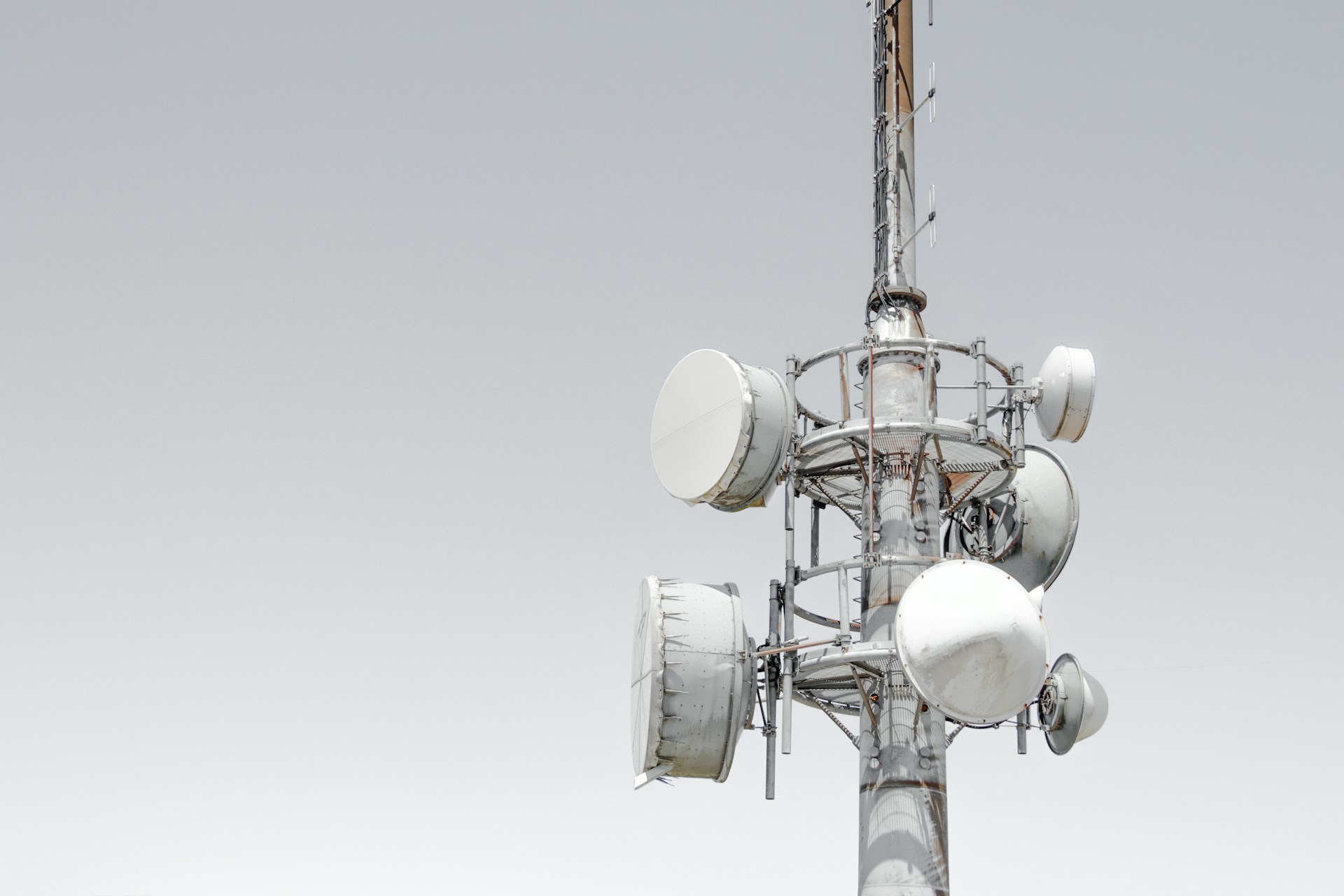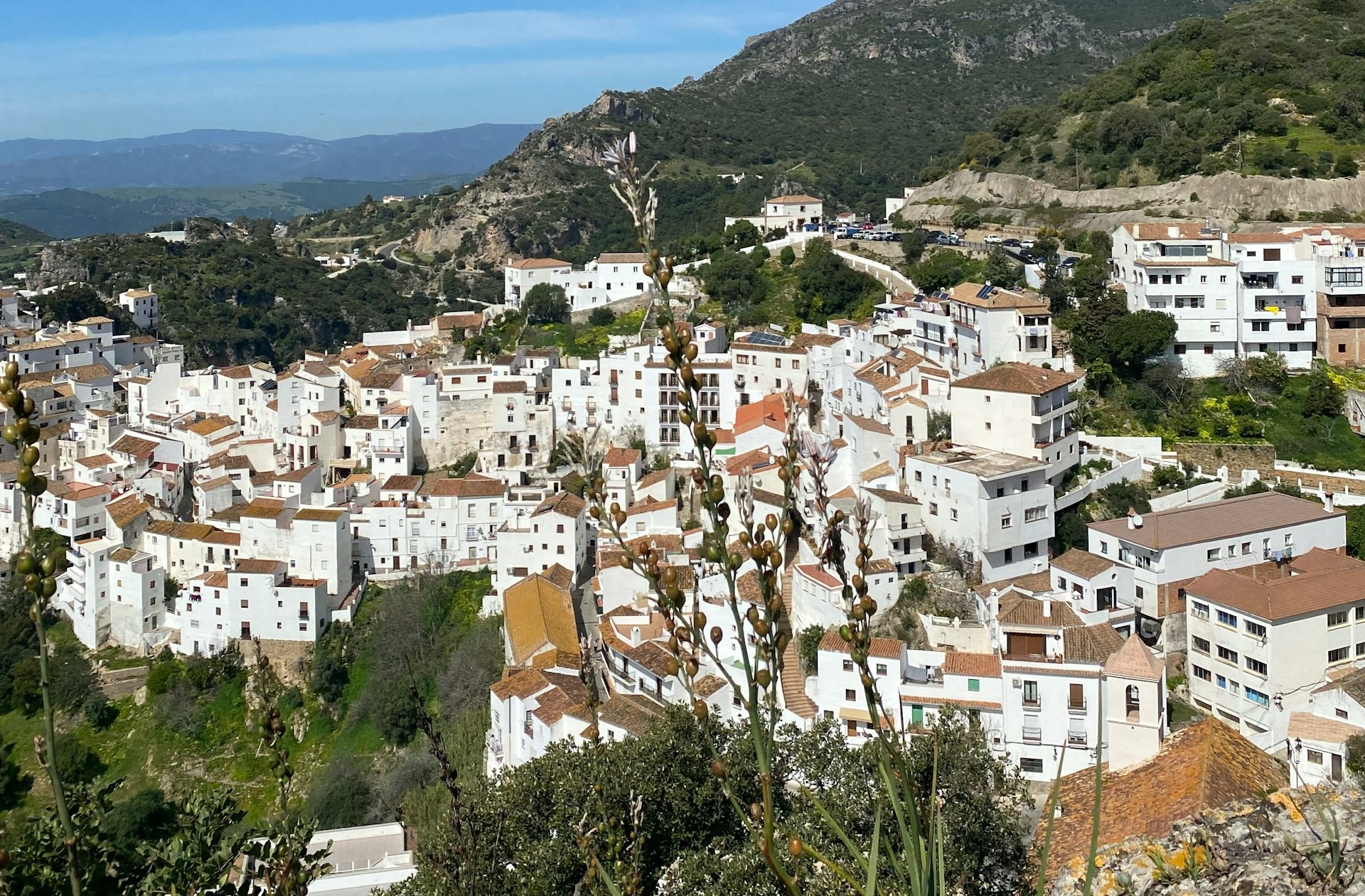Casablanca – Until March 2024, the banking sector in Morocco experienced notable shifts in deposit levels and lending conditions, as outlined by Bank Al-Maghrib in its recent reports.
Deposits at Moroccan banks increased by 4.4% over the past year, reaching $121.5 billion. This growth was mainly fueled by higher deposits from households and businesses. Household deposits rose to $90.1 billion, marking a 4.6% annual increase, which included a significant contribution of $21.2 billion from Moroccans living abroad. Meanwhile, business deposits grew by 7.4% to $21.1 billion during the same period.
Concurrently, deposit interest rates experienced marginal declines, with 12-month deposits dropping to 2.82% and 6-month deposits to 2.38% by the end of March 2024. Additionally, the minimum interest rate for savings accounts was adjusted downwards to 2.73% for the first half of the year.
Turning to lending activities, the total outstanding loan amount stood at $11.8 billion by March 2024, exhibiting a robust annual growth rate of 6.7%. Non-financial agents received $9.9 billion in loans, representing a 3.4% increase, while non-financial businesses obtained $5.4 billion in loans, up by 4.8% annually, particularly benefiting private enterprises which received $4.6 billion.
The increase in credit to private non-financial businesses by 1.9% was largely attributed to expanded equipment loans coupled with reduced working capital and real estate development credits. Notably, equipment loans increased by 5.1% to $1.2 billion during the period.
While real estate loans marginally decreased to $0.5 billion, consumer credit demonstrated resilience with a 0.3% increase to $0.6 billion. Moreover, housing loans witnessed a 1.5% increase, amounting to $2.6 billion by March 2024.
In response to market dynamics, Bank Al-Maghrib’s business survey revealed stable lending standards for housing loans alongside relaxed criteria for consumer credit. However, demand for both housing and consumer loans exhibited a decline during the period.
Interest rates on new credits experienced a slight increase, with consumer credit rates rising to 7.22% and housing loan rates marginally decreasing to 4.81% during the first quarter.
The survey also highlighted that while 66% of industrialists perceived access to bank financing as normal, 30% faced challenges in securing credit. Furthermore, 70% of respondents noted unchanged credit costs, whereas 28% reported an increase.
The banking sector in Morocco witnessed a dynamic first quarter in 2024, characterized by robust deposit growth, evolving lending conditions, and adjustments in interest rates. These developments underscore the resilience of the Moroccan financial system amid changing economic conditions.

